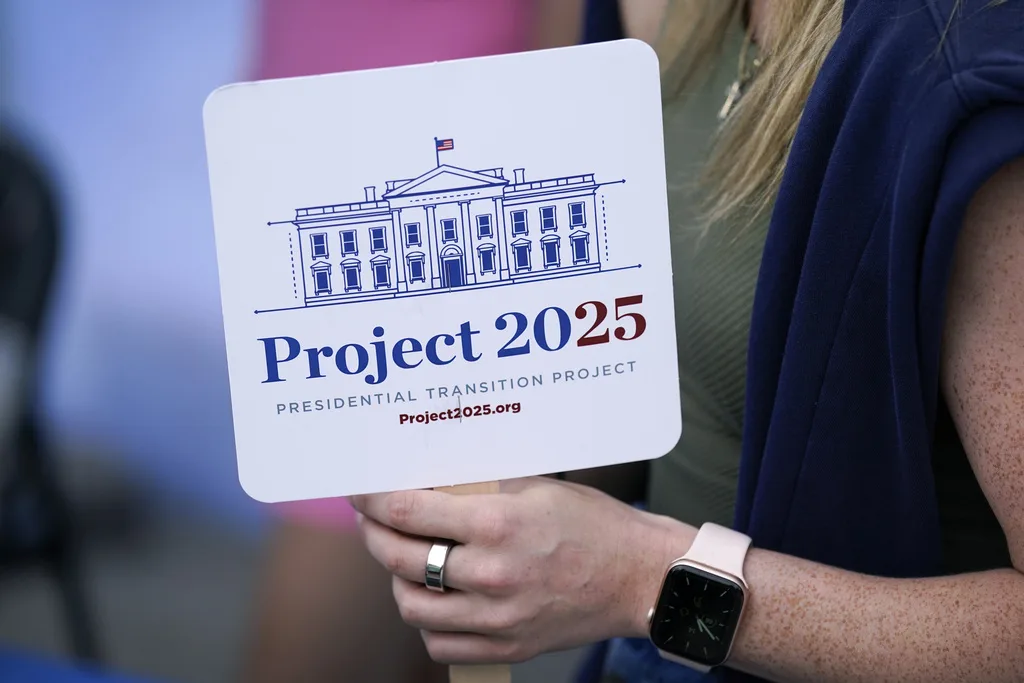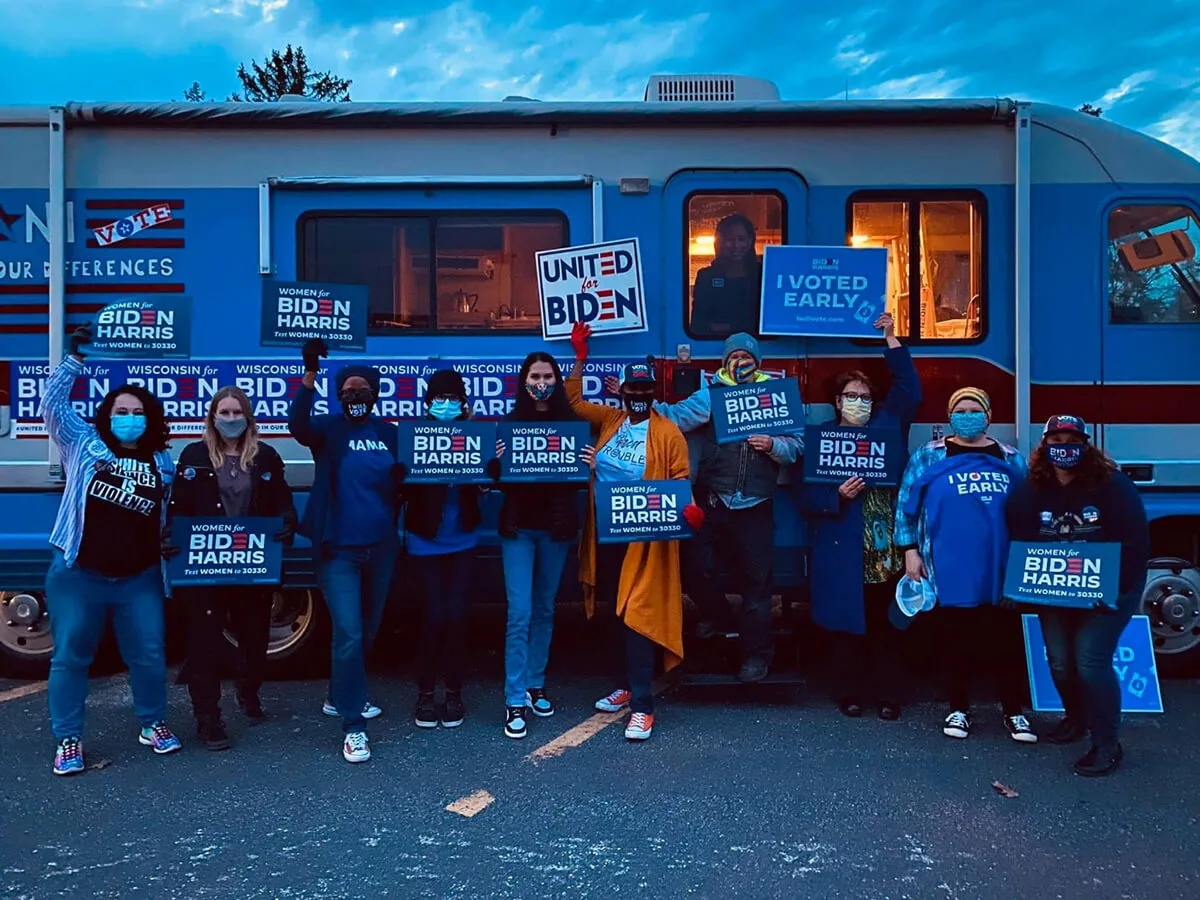
#image_title
#image_title
Democrats offset rural losses with huge surges in cities and suburbs.
Matt Mareno, chair of the Waukesha County Democratic Party, remembers when he took over in 2016 and the party’s meetings would draw about 20 people.
It’s practically always been tough sledding for Democrats in the Republican stronghold county, but something began to change during outgoing President Donald Trump’s term. The county party’s last in-person meeting before COVID-19 had 300 attendees.
Yard signs began flying out the doors, as voters asked for a total of 5,000 for President-elect Joe Biden just a few years after Hillary Clinton mustered just 600-700 in the county.
“Yard signs don’t vote. They don’t change election outcomes,” Mareno said. “But in communities that define themselves as Republican, I think it’s a powerful statement when your neighbors start putting out yard signs.”
Biden flipped Wisconsin not by improving turnout in rural areas, which by and large delivered Trump wider margins of victory than in 2016, but by turning in a historic performance in the Milwaukee suburbs and Dane County. Wisconsin voters ended up casting 3,296,374 votes for president, smashing the record set in 2012 by more than 200,000 votes, according to unofficial results from the Wisconsin Elections Commission. Biden needed every one of those votes as he eked out a narrow win of fewer than 21,000 votes, according to the unofficial results.
Local organizers proved to be key to that success, whether they be from local Democratic parties or grassroots organizations. UpNorthNews spoke with activists, candidates, and party officials from these crucial areas to find out what went into flipping Wisconsin back from red to blue.
‘You have to build relationships’
Mareno said Biden’s big night was helped along by organizers engaging with moderate Republicans who were disillusioned with Trump’s inflammatory, divisive rhetoric.
Surrounding Milwaukee, the WOW counties—Washington, Ozaukee, and Waukesha—have formed a red wall by voting decisively for Republican candidates since 1964. And while they still went for Trump in 2020, it was by a significantly smaller margin that indicates the wall is cracking.
In 2016, Trump won Waukesha County by 63,318 votes, a roughly 27% margin of victory over Clinton. With voter turnout surging in 2020, his margin of victory over Biden shrunk to 55,766, a roughly 6-point drop. Biden’s 38.8% vote share in the county was last surpassed by President Jimmy Carter, who in 1976 received 39.3% of the vote.
“These are voters who have historically been Republicans, more like McCain-Romney Republicans, even Paul Ryan-style Republicans,” Mareno said. “But they’re not part of this Trump-style Republicanism that you get some of the tax-break type stuff, but sacrifice your morality by embracing a homophobe and racism and a group that is supported by white nationalists.”
Much of the local organizing took part on a grassroots level. That was seen in places like Menomonee Falls, a village of about 35,000 in northeastern Waukesha County, where the liberal Menomonee Falls Action Team made 30,000 voter contacts between its founding in February 2018 and the Nov. 3 election, according to Yvonne Lumsden-Dill, a volunteer with the group.
Clinton received 8,221 votes to Trump’s 12,609 in Menomonee Falls, a deficit of 4,338 votes, records show. Trump’s raw vote lead was cut by about a third in 2020 as Biden surged. The president-elect received 11,075 votes—an increase of nearly 3,000 over Clinton—while Trump received 13,899—an increase of about 1,300.
“It doesn’t matter if you’re selling shoes, or if you’re selling a car, or if you’re selling an idea—you have to build trust, and you have to build relationships,” Lumsden-Dill said. “And that’s what we did, one knock at a time and one phone call at a time.”
Lumsden-Dill said the Menomonee Falls Action Team built relationships “by finding common values.”
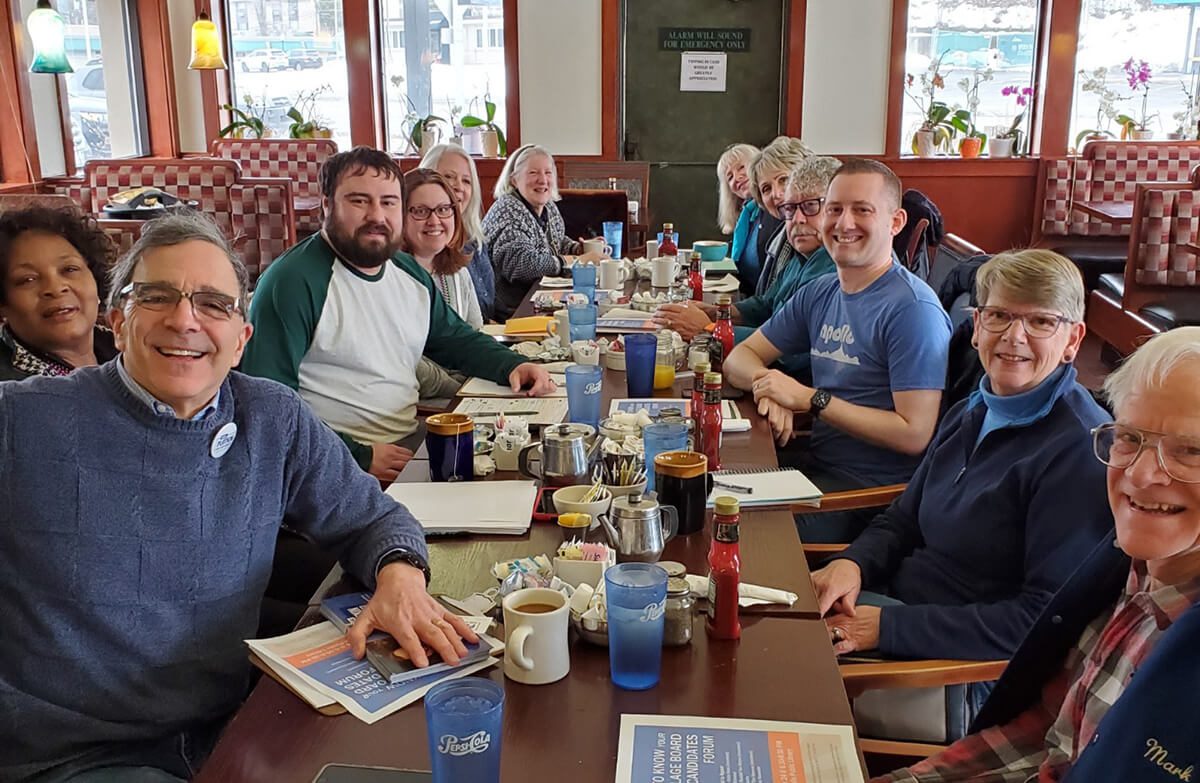
“Once you identified those similar values and realized that our values were a lot different than the values that the president of the United States was either espousing or demonstrating through his conduct … that brought us together in a way that we could coalesce,” Lumsden-Dill said.
Overall Democratic enthusiasm was also up in Waukesha County, as evidenced by the exponential increases in meeting attendance and yard sign requests, Mareno said.
Representative-elect Sara Rodriguez (D-Brookfield), one of the two Democrats to flip suburban Milwaukee Assembly districts, gave credit to local organizers. New groups that focused on voter engagement at an interpersonal level—such as through calls to family members, neighbors, and friends—were especially helpful, Rodriguez said.
“They really talked about their values and why they were voting for Democrats in this election cycle,” Rodriguez said. “And I think that really moved people in the Democrats’ direction. They really wanted to see something different this election cycle.”
In Washington County, Trump won in his first campaign by 30,888 votes, a 40-point margin. He managed to grow his 2020 victory margin to 33,588 votes, but it was a smaller victory percentage-wise, about 38 points. Biden received 30.2% of the vote, a 3-point increase over Clinton’s 27.2%.
That growth “in this county is significant,” said Patti Silverman, founder of Persist: Progressive Women Activists of Washington County.
Silverman said many women in the area “felt that energy and that hope again, and they felt like they were a part of something.” Her group started holding virtual meetings in May with just three members. As word spread, membership ballooned to more than 400 as of last week, Silverman said.
In the weeks before the election, Trump made desperate pleas as polls showed his support slipping among suburban women. Trump ended up floundering with the demographic as nationwide as polls predicted, though the data is unclear in Wisconsin.
Silverman said she believes her group—which also organized a statewide event called Women Taking Back Wisconsin, which was attended by various women politicians, candidates, and activists—played a part in the state flipping to Biden.
“That event [Women Taking Back Wisconsin] was really our big way of contributing to this election, and it worked,” Silverman said.
Ozaukee County proved to be where Biden made the largest gains over Clinton in the WOW counties. Trump won the county by 10,294 votes in 2016, a 19-point margin; in 2020, he won by just 7,397 votes, a 12-point margin.
Biden received 43.1% of the vote, a 6-point improvement over Clinton and the best total for a Democrat since Harry Truman in 1948.
The most significant voter mobilization in Ozaukee County came from the local Democratic Party itself. Deb Dassow, the county’s Democratic Party chairwoman, said the party worked relentlessly since 2016 to improve its visibility and reach.
“We wanted Ozaukee County to be a place where progressives want to move,” Dassow said.
Dassow channeled her prowess from her days as a teacher’s union negotiator. She reformed the party’s inner-workings by forming committees. The party held weekly meetings in advance of the election. It kept its phone banks going even on Election Day. It opened its first-ever county office this spring in Grafton.
Party members submitted op-eds and marched in Fourth of July parades to improve visibility.
“We structurally, really, stepped up our game,” Dassow said.
She added, “My guess would be the Republican Party would be really surprised at how well we did.”
The top achievement for the party: Biden unexpectedly won the city of Cedarburg, an unfathomable accomplishment considering the city’s history. It was by the slimmest of slim margins—19 votes out of more than 8,000 cast—but it was still a huge win for Democrats.
The party will build in the future, Dassow said, by putting more focus on down-ballot races to make sure Democrats have representation everywhere from their local school board to city council.
“The shift toward Democrats in suburban areas has been going on for a while, and always the 23rd [Assembly] District has been a microcosm of that,” said Representative-elect Deb Andraca (D-Whitefish Bay), who unseated seven-term incumbent Rep. Jim Ott (R-Mequon) in a district that includes part of northern Milwaukee County and eastern Ozaukee County.
Andraca said she and Rodriguez managed to flip their districts by focusing in part on the coronavirus pandemic, an issue on which Republican legislators have failed to act for more than 200 days. Both represent moderate, majority-white, affluent communities.
“People are really tired of having a Legislature that gets paid full-time but does not go to work for 200 days,” Andraca said.
‘Virtually all the new votes are from the suburbs’
The suburban swing also applied significantly to Milwaukee County. Clinton won the county by 162,753 votes in 2016, a 37-point margin. Despite a relatively mediocre showing for the city of Milwaukee that barely gave him a bump over Clinton, Biden won Milwaukee County by 182,896 votes, a 40-point margin.
It was an incredible margin not seen in nearly a century. President Franklin Delano Roosevelt was the only Democrat who ever won Milwaukee County by a 40-point margin, in his 1932 and 1936 campaigns, according to John Johnson, a research fellow at Marquette University’s Lubar Center for Public Policy Research and Civic Education.
Biden won the city of Milwaukee by just 3,000 more votes than Clinton did, and there were about 150 fewer votes cast there than in 2016.
“Virtually all the new votes are from the suburbs, which is a striking thing,” said Johnson, who is compiling various graphics and visualizations of the 2020 election results.
Johnson said the mediocre turnout in the city can be at least partially attributed to population loss, especially in majority-Black wards on Milwaukee’s North Side. He cautioned against drawing any conclusions of the efficacy of voter-mobilization groups like Black Leaders Organizing for Communities, Leaders Igniting Transformation, and Voces de la Frontera.
All eighteen Milwaukee suburbs located within Milwaukee County had a leftward swing versus 2016, a trend that has been occurring since 2000, according to Johnson. Trump only won three Milwaukee County municipalities: Oak Creek, Franklin, and Hales Corners.
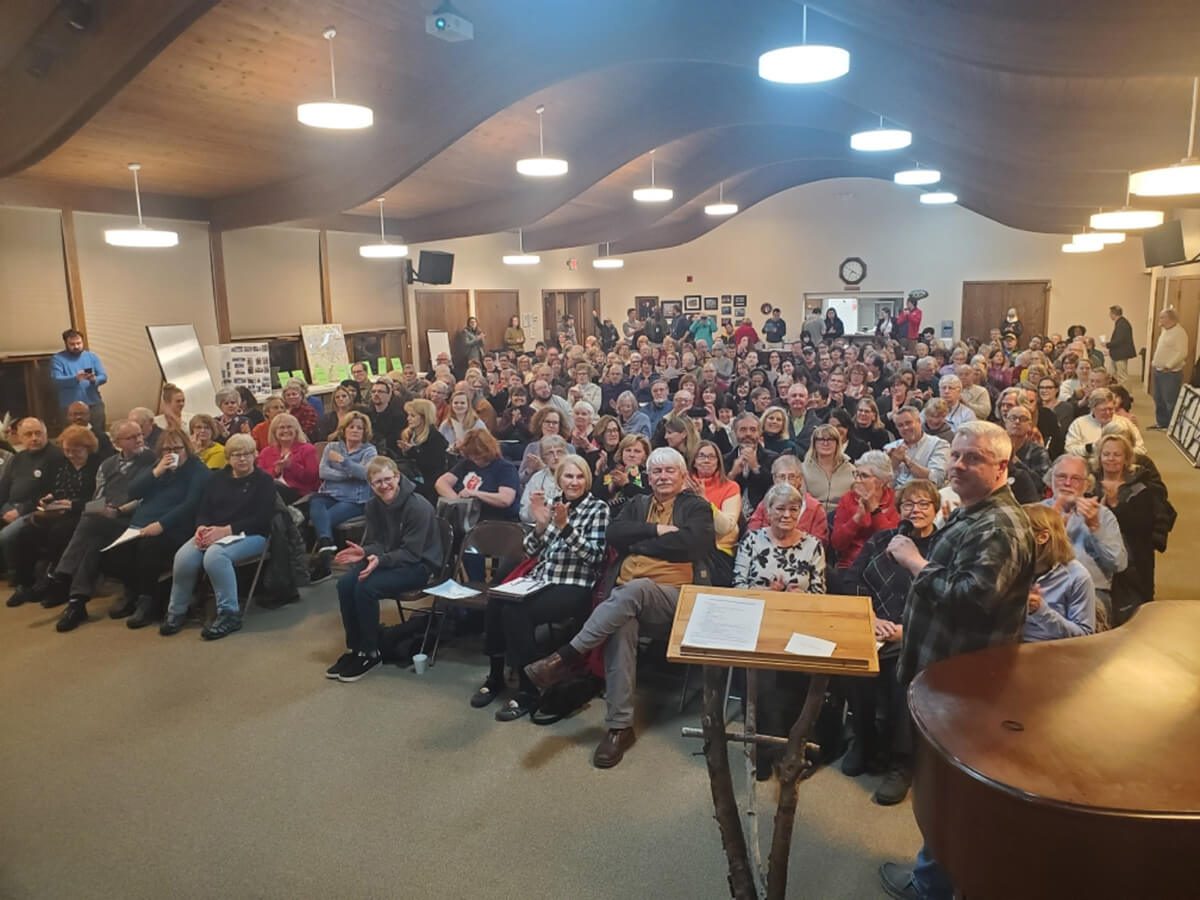
Is it sustainable?
While Democrats are happy with the results, it could be a struggle to replicate this level of suburban turnout in future elections given the fact Trump was a historically unpopular president and candidate. The common thought among organizers is that it will all depend on how Biden does as a president.
“If [Biden is popular and] that is sustained, we’re hoping that the difference in the voting patterns that you just laid out will also be sustained,” Lumsden-Dill said. “So we’ve got to show that this can be done, that this can be accomplished.”
Politics
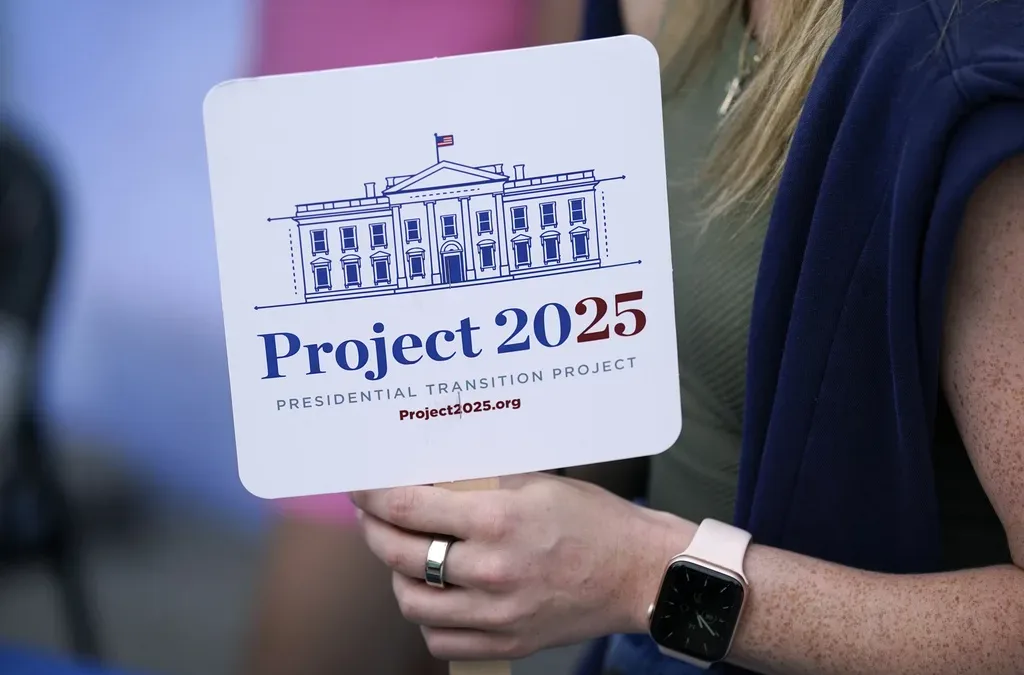
6 terrifying things that could happen if the Comstock Act is used to target abortion
Does 1873 sound like a really, really long time ago? Well, that’s because it is—but if Republicans and far-right anti-abortion activists have their...

Opinion: Many reasons why young adults should refuse to let Republicans kill the Affordable Care Act
In this op-ed, University of Wisconsin Medical School student, Samantha Crowley, shares the importance of young adults protecting the Affordable...
Local News

Stop and smell these native Wisconsin flowers this Earth Day
Spring has sprung — and here in Wisconsin, the signs are everywhere! From warmer weather and longer days to birds returning to your backyard trees....

Your guide to the 2024 Blue Ox Music Festival in Eau Claire
Eau Claire and art go hand in hand. The city is home to a multitude of sculptures, murals, and music events — including several annual showcases,...



